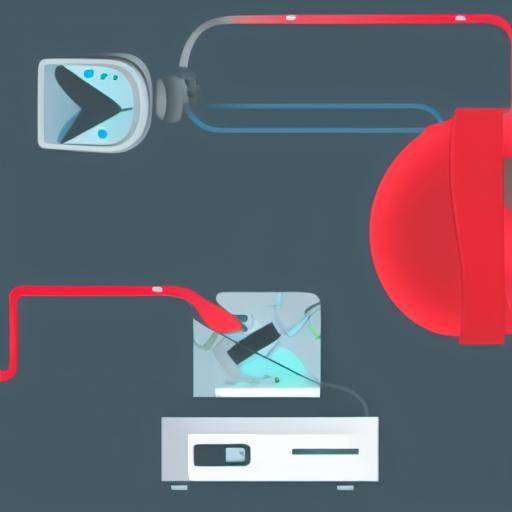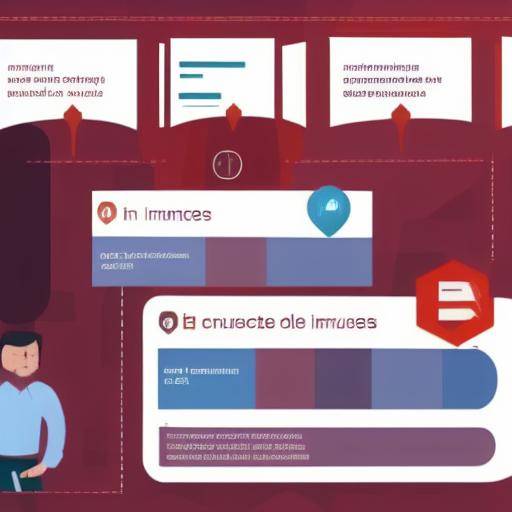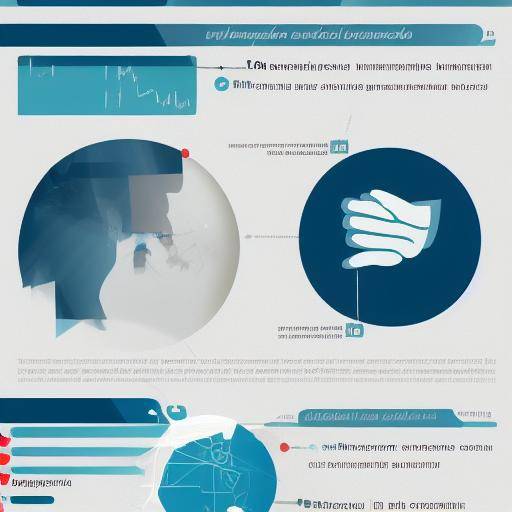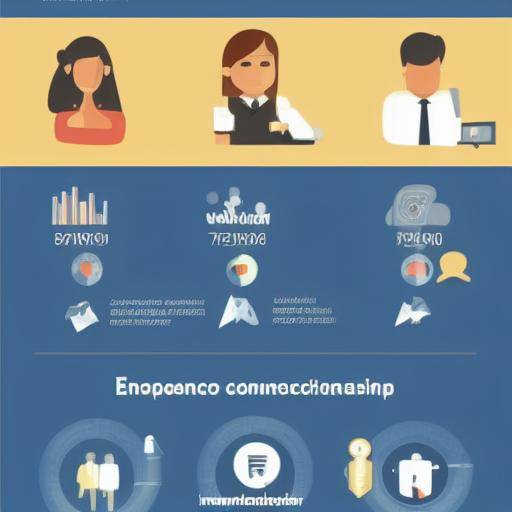
Active listening and reformulating ability are essential components of effective communication. The reformulation, also known as paraphrasing, involves the ability of an listener to recapitulate the speaker's message. This not only demonstrates understanding, but also fosters an environment of empathy and mutual understanding. In this article, we will explore in depth the technique of reformulation, its relation to active listening and communication skills, and provide practical advice for effective implementation.
Introduction
The ability to listen actively and reformulate effectively is fundamental in any meaningful conversation. These skills not only facilitate mutual understanding, but also strengthen interpersonal and professional relationships. In this article, we will break down the importance and benefits of reformulation, its relation to active listening and communication skills, and provide practical advice for successful integration in various situations.
History and Background
Origins and Evolution of Reform
The technique of reformulation has its roots in psychology and therapy, where it was used as a tool to demonstrate understanding and empathy towards the patient. Over time, this skill has been incorporated into various fields, including counseling, mediation, and business.
Significant Milestones and Developments
Over the years, reformulation has experienced significant developments, especially with the emergence of approaches focused on solutions and non-violent communication techniques. These developments have expanded the application of reformulation beyond the therapeutic sphere, opening it to professional and social contexts.
Cases of Study and Illustrative Narratives
The successful use of reformulation in various situations, from trade negotiations to interpersonal talks, illustrates its positive impact on the quality of communication. Studying these cases provides a deeper understanding of the effective application of the technique.
Analysis in Deep
Benefits of Reformulation
Reformulation promotes clarity and precision in communication by confirming mutual understanding among the parties involved. In addition, it promotes empathy and validation, which contributes to stronger and more satisfactory relationships.
Challenges and Challenges
Implementing reformulation effectively can be challenging. The barriers include the tendency to bias, internal distractions, and lack of practice in this ability.
Current Trends and Relevant Statistics
Current trends highlight a growing focus on active listening and communication skills in the business and personal sphere. Statistics reveal that organizations that prioritize effective communication tend to experience greater productivity and satisfaction in the workplace.
Comprehensive review
Practices and Best Practices
Reformulation is applied in various contexts, including the working environment, individual and partner therapy, and the educational field. Best practices highlight the importance of authenticity and sensitivity to the context by using this technique.
Perspectives of Experts and Future Perspective
Communication and Psychology experts predict that the demand for effective communication skills, including reformulation, will continue to increase in an increasingly interconnected world. These perspectives provide valuable information on future reformulation applications.
Comparative analysis
A detailed comparison between reformulation, active listening and other communication skills highlights their differences and similarities, highlighting the complementarity of these techniques for full and effective communication.
Practical Tips and Accessible Advice
The effective implementation of reformulation requires practice and awareness. Some practical tips include actively listening, paraphrasing with empathy and validating the interlocutor's feelings. Below are some strategies to effectively integrate reformulation into daily communication:
- Listen carefully: Pay active attention to the words, tone, and body language of the speaker.
- Paraphrasing with empathy: Reform the speaker's message with honesty and empathy, reflecting their feelings and concerns.
- Validate emotions: Recognize the emotions expressed by the speaker to demonstrate understanding and support.
Industry Perspectives and Expert Reviews
The opinions of experts in communication, psychology and business offer a deep insight into the impact of reformulation in various contexts. Its valuable perspectives shed light on the practical integration of the technique and its potential to improve the quality of communication in diverse environments.
Case Studies and Practical Applications
Case studies provide concrete examples of how reformulation has generated positive results in real situations. These examples offer a practical understanding of the effective application of the technique in various contexts, from conflict resolution to improved interpersonal relationships.
Future Trends and Predictions
Future trends suggest greater emphasis on effective communication in the workplace, as well as the integration of reformulation into conflict resolution and personal development strategies. Predictions highlight the crucial role of these skills in an interconnected and diverse world.
Conclusion
In short, the reformulation technique stands out as a crucial element in promoting active listening and improving communication skills. Its ability to foster mutual understanding, promote empathy and validate emotions makes it an essential tool in effective communication. By dominating reformulation, individuals can strengthen their personal and professional relationships, as well as foster a more meaningful and collaborative communication environment.
FAQs
1. What is the difference between active listening and reformulation?
Active listening is the act of paying full attention to a conversation, while reformulation is the ability to summarize or paraphrase the speaker's message. Both skills are complemented for effective communication.
2. How can I improve my ability to reformulate in difficult situations?
Regular practice is critical to improving the ability to reformulate in challenging situations. In addition, the development of empathy and context sensitivity are key to effectively reformulating.
3. Is reformulation equally effective in labor and personal contexts?
Yes, reformulation can be equally effective in both contexts, as it promotes understanding and empathy, essential elements in any form of meaningful communication.
4. What is the impact of reformulation on conflict resolution?
Reformulation can play a crucial role in conflict resolution by fostering mutual understanding and validation of emotions, which contributes to more effective communication and the search for collaborative solutions.
5. What are the consequences of poor communication in a working environment?
The consequences of poor communication in the workplace include lack of alignment in objectives, decreased productivity and increased interpersonal conflicts. Reformulation can help mitigate these challenges by improving the quality of communication.
6. Can reformulation improve the quality of long-term interpersonal relationships?
Yes, reformulation can strengthen long-term interpersonal relationships by fostering mutual understanding and empathy, which contributes to more authentic and satisfactory communication.
In conclusion, the reformulation technique is a powerful tool that enhances active listening and strengthens communication skills. Its impact on mutual understanding, empathy and emotional validation makes it an essential element in effective communication, both at personal and professional levels.
With this article, we hope to have provided an in-depth understanding of reformulation, its relation to active listening and communication skills, as well as practical advice for its implementation in various situations. By mastering the reformulation technique, individuals can unlock a higher level of communication, fostering more satisfactory relationships and a more effective collaborative environment.
In order to provide additional value to our readers, here are three external links to reliable sources for those who wish to further explore what is discussed in this article:
- Psychology Today: The Art of Active Listening
- MindTools: Empathic Listening
- Harvard Business Review: The Power of Listening
We hope that this article has been informative and insightful, and that it has provided a solid understanding of how the reformulation technique can improve interpersonal communication.














































